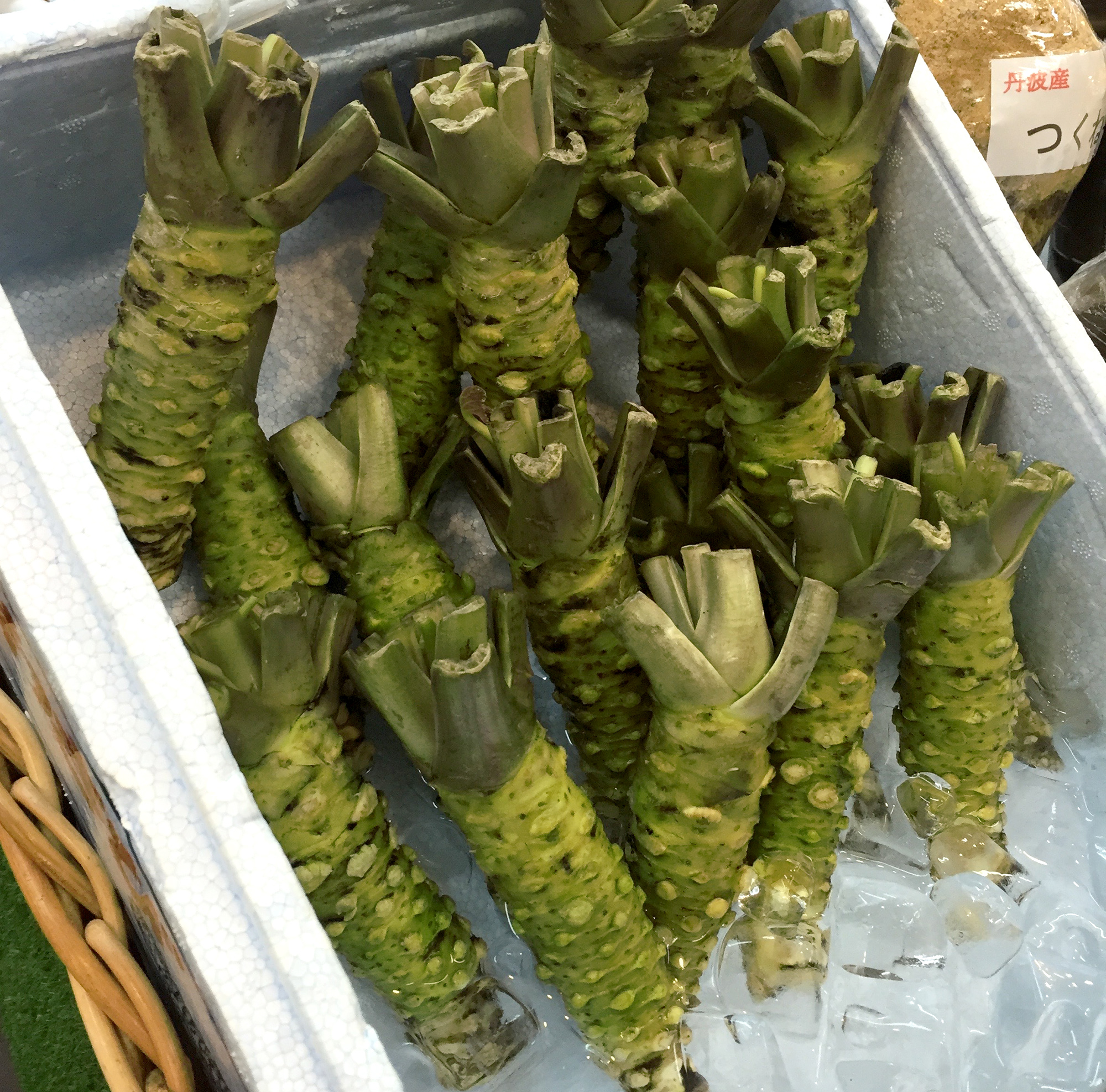This article originally appeared on VICE Italy.
Some throw it directly into their soy sauce, others dab it into their sushi, some barely touch it at all. It’s presented to you as “wasabi”, but in all likelihood it’s not actually that at all.
Videos by VICE
“Let’s start with the basics: what you find in the West isn’t real wasabi, it’s fake wasabi,” says chef Aya Yamamoto of Gastronomia Yamamoto in Milan.
Eutrema japonicum is a Japanese plant from the cruciferous family, known more commonly as wasabi. It’s from this plant – specifically, from its rhizome, or underground stem – that you get true wasabi. But the stuff you’ll find in most sushi restaurants outside of Japan is not that at all.

In Japan, wasabi was originally used for its antibacterial properties. Before refrigerators came along, it was essential in preserving fish, and also popularly used in medicine as a digestive and antiseptic. It was only by the Edo period [1603 to 1868] that it became an ingredient in food.
“In Japan, what we call ‘hon wasabi’ – meaning the ‘authentic’ or ‘native’ – is very expensive,” Aya explains. “A kilo can cost as much as almost €250 (£225).”
To save money, most “wasabi” paste on the global market is made from the rhizome of European horseradish – a plant in the same family as wasabi – which is mixed with green food dye and turned to a paste. Sometimes, mustard is added to the mixture, and very occasionally a tiny amount of real grated wasabi, or dried wasabi powder.
REAL WASABI
Why is the real wasabi so expensive? The delicate plant has been described as the hardest crop in the world to grow; it needs to have its roots in water, to be in a colder climate (roughly 10 to 18 degrees Celsius) and doesn’t like direct sun. It’s also incredibly slow to grow, taking two years from planting to harvest. One of the only places Europeans have managed to cultivate the plant is in Dorset, while around the world crops are grown in China, Taiwan, New Zealand and Australia.
In case you’re wondering: you should be able to tell the difference between fake and real wasabi. Yamamoto says it’s difficult to describe the taste of true wasabi, but that its sour and pungent spice should be balanced by an underlying sweetness and herby smell. Mind you, you might never try the real stuff, since 95 percent of Japanese restaurants offer fake wasabi, even in Japan. “There are ‘conveyor belt’ restaurants, and they also use fake wasabi, but we call it ‘western’ wasabi,” says Yamamoto.
Tsuruko Arai, from Japanese restaurant Yuzuya in Bologna, has found an importer who sells her grated hon wasabi. “It’s very good, similar to the freshly grated stuff,” she explains. “You still find the ground rhizome inside, and they don’t add anything. Before serving it, I add water. It’s so good that some customers ask me how they can get it at home, but we only buy it in packs of one kilo.”
HOW TO USE REAL WASABI (AND WHERE TO FIND IT)
“In Japan, it’s often served at the end of a meal with Chazuke [a dish using leftover rice], rice and green tea, or simply on top of tofu,” says Tsuruko. “For me, it’s perfect for cleaning the palate after eating fatty fish like salmon, or meat like wagyu.”
Yamamoto says true wasabi loses its flavour 15 minutes after it’s grated, so if you’re being treated to the real stuff, you’ve got to be quick. Instead of mixing it into your soy sauce, he suggests adding just a little to your fish – its purpose is to enhance (not mask) the flavour of sashimi or sushi.
In Japan, you can buy wasabi rhizomes at many local markets, while in Europe it’s much harder to locate the real thing. There are plenty of wasabi pastes for sale online, just be sure to search “hon wasabi” and check the ingredients list carefully.




